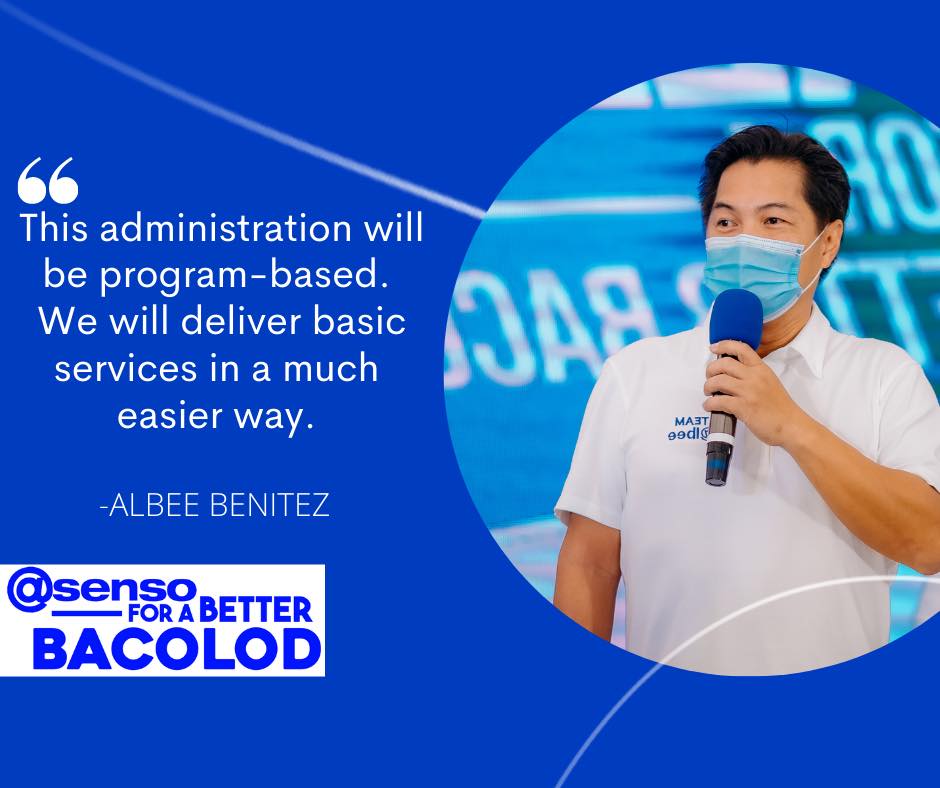Admin awards AFP/PNP houses to poor

posted May 16, 2018 at 11:00 pm by Vito Barcelo and Maricel V. Cruz
More than P20 billion worth of government-built housing units for personnel of the Armed Forces of the Philippines, Philippine National Police, Bureau of Fire Protection, Bureau of Jail Management and Penology and Bureau of Corrections which were not occupied since 2011 will be awarded to qualified beneficiaries, according to a Joint Resolution signed by President Rodrigo Duterte.
The President has approved the congressional resolution authorizing the National Housing Authority to award unoccupied housing units to other qualified beneficiaries.
Also covered by the joint resolution were units whose ownership and possession are surrendered by awardees and respective awards were cancelled.
The resolution cited that the Department of Budget and Management released a total of P20.779 billion for the implementation of the AFP/PNP/BFP/BJMP/BuCor Housing projects with a target of 74,195 housing units.
The National Housing Authority was able to complete 68,689 units as of March 2017, but only 8,837 housing units were occupied.
The Commission on Audit claimed that the low occupancy rate of the completed housing units will result in the loss of opportunity for the government to recover costs that can be spent for other social projects, fast deterioration and the risk of being occupied by families or persons other than the intended beneficiaries.
In March last year, some 2,000 members of the Kalipunan ng Damayang Mahihirap, an urban poor alliance, broke through the barricade at the entrance of the Pandi Village 3 and forcibly occupied vacant hosuing units for military and police personnel.
President Duterte allowed the members of the urban poor to occupy the idle housing units, but the occupants would have to pay the houses through minimal payment schemes.
The NHA was given 60 days to formulate rules and regulations to ensure the efficient award of the housing units to deserving beneficiaries.
The National Housing Authority (NHA) on Wednesday washed its hand off over the supposed responsibility to the recent collapse of a wooden footbridge in Zamboanga City where an inspection team led by lawmakers and local offifials fell into a creek.
Instead, a senior NHA official said the contractor is responsible because the agency has not yet issued a final acceptance of the project.
At a congressional hearing conducted by the House committee on housing and urban development chaired by Negros Occidental Rep. Alfredo Benitez, lawmakers demanded accountability among NHA officials who were responsible for the collapsed bridge.
“My question is: What is someone died? Who will be accountable?” Benitez asked, as his committee began its investigation into the allegedly substandard wooden footbridge that reportedly cost the government P12 million.
Lawyer John Mahamod, chief of staff of NHA general manager Marcelino Escalada Jr., admitted that the footbridge was defective but said: “It is the obligation of the contractor to check on the safety of the bridge. it is still under the control of the contractor. We have not yet finally accepted the project.”
Similarly, in a position paper submitted by the NHA to the Benitez panel, it explained that the “technical aspect” as to why the wooden footbridge collapsed.
The NHA said that structural components called “cross bracings” had been removed, thereby weakening a portion of the structure that was designed to hold a maximum of 12 adults.
In a position paper submitted to the House panel, the NHA Zamboanga Office explained that after conducting a “deeper investigation” into the incident, the housing agency discovered that “the portion of the footbridge which collapsed was without the structurally required cross bracings.”
The agency said that “structural components of the wooden bridges like cross bracings” had been “regularly removed by unidentified inhabitants” so that residents could park their bancas in the NHA’s Z3R Sitio Hongkong Housing Project.
“Other cross bracings were removed by parents in order to discourage their children from jumping into the seawaters during high tide and other inhabitants remove the cross bracings to allow access of their newly repaired and/or constructed bancas into open waters,” the NHA Zamboanga said.
The beneficiaries of the Z3R project are families displaced by the September 2013 Zamboanga siege.
The same point was echoed by former NHA General Manager Chito Cruz, who informed committee members that the strength of the wooden footbridge had been “drastically reduced” when the cross bracings were removed.
Cruz also revealed that the specific portion of the wooden footbridge that collapsed only had a “load capacity of seven to eight persons,” which is under the number of people on the footbridge when it collapsed in April.
Per the NHA position paper, “the number of people which converged on the two frame portion of the bridge numbered around 16 fully adult individuals,” which is more than the “maximum 12 persons for the subject two frames of footbridges.
But later on in the hearing, Benitez made Mahamod admit that the NHA cannot escape responsibility. “There are facts that are undeniable,” he said.
“We inspected, and we personally saw the deficiencies,” Mahamod said. “In a way, yes sir [the NHA is also responsible]. We will eventually know when we gather the necessary documents,” the NHA official added.
Benitez, together with Zamboanga City Mayor Beng Climaco and Rep. Celso Lobregat of Zamboanga City and members of an inspection team, were on their way to the housing area when the footbridge that they had to negotiate collapsed, making them fall into a creek in sitio Hong Kong, barangay Rio Hondo.
The incident happened while Benitez and his team of inspectors where on an inspection tour of housing and community facilities built by the government for the Zamboanga siege victims. Only minor injuries were reported.
During the hearing, Climaco wanted “to ferret out the truth, aside from justice” even as she expressed disappointment over the incident.
Related Stories:
@senso for A BETTER BACOLOD
Ang isa sa akon mga handom para sa Bacolod.


Ako ang kapitan sg sini nga barko. Indi ini magkadto sa wala ukon sa tuo, kundi derecho sa direksyon sang pagbag-o sang gobyerno para sa kaayuhan sang Bacolodnon.


